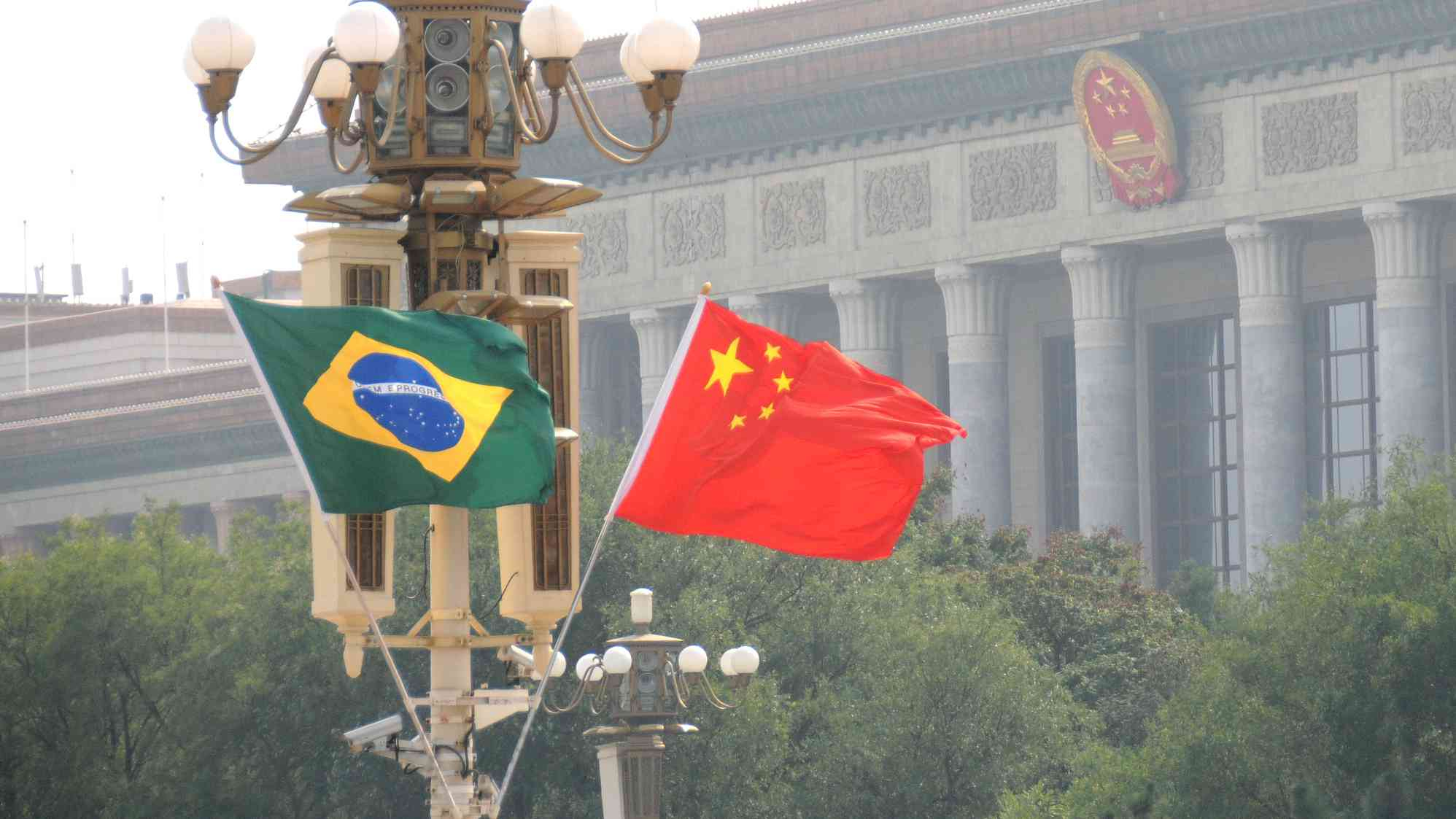RIO DE JANEIRO, BRAZIL – Established as Brazil’s main trading partner, China accounted for US$33.6 billion of the US$50.9 billion trade balance surplus in 2020, according to data from the Foreign Trade Indicator (ICOMEX), released this Friday, January 15th by the Getúlio Vargas Foundation (FGV).
The 17% increase, in volume, on exports to China was driven by commodities. Two-thirds of the positive balance in 2020 were the result of trade with the Asian giant.

“The increase in exports of commodities directed to China has cushioned the drop in foreign sales in a year of strong contraction in global demand,” reads the note released by FGV.
With the collapse of foreign trade caused by the Covid-19 pandemic, overall exports dropped 5.7% in volume and 8.8% in price. But commodities sales abroad, despite dropping 5.8% in price, rose 7.4% in volume, compared to 2019. Non-commodities exports fell 5.8% in price and 13.5% in volume. As a result, commodities accounted for 66% of the value exported last year, the largest share since the Ministry of Economy’s official records began in 1998.
When exports of business activity are segregated, farming and cattle raising registered a 7.4% increase, in terms of volume, while there were drops in external sales of the extractive (-1.2%) and processing industries (-3.6%). “The annual leadership of agriculture and livestock sector in Brazilian exports is explained by the increase in volume of exports to China,” reads the FGV note.
The Chinese appetite for Brazilian commodities, particularly soybeans and meat, led the Asian giant to account for 32.3% of Brazilian exports in 2020, compared to a share of 28.1% in 2019. In terms of imports, China had a 21.4% share in 2020, compared to 19.9% in 2019.
The increase in the Chinese share as Brazil’s trading partner can also be explained by the drops in exports to other countries. In volume, compared to 2019, there were drops in foreign sales to the United States (-17.1%), the European Union (-7.8%), Argentina (-7.1%) and other South American countries (-11.6%). In addition to China, exports to other Asian countries (exclusive Middle East) also grew, with a 11.1% rise in volume.
ICOMEX also drew attention to the rise of both imports and exports of the processing industry in the last month of the year. Compared to December 2019, imports rose 66.8% in volume, while exports grew 12.7%.
However, imports were marked by the internalization of oil platforms, operations driven by changes in the Repetro rules, a special tax regime for the oil and gas sector that has led to the import of equipment used in Brazil in recent years, but which had been exported only for fiscal benefits.
According to ICOMEX, there was US$4.8 billion in platform imports in December 2020. Excluding these operations, the increase in total imports in December compared to December 2019, which stood at 56.3% in volume, drops to 16.1%. Looking only at the manufacturing industry, the increase in the volume of imports in December 2020 compared to the same month in 2019 dropped from 66.8% to 21.2%.
Nevertheless, according to FGV, the interannual comparison of last December’s performance, which shows “an increase in all categories of industrial use”, is already “a sign of a rebound in the economic activity level”. In the note that follows ICOMEX, FGV researchers recall that the Focus Bulletin projections published last January point to a 3.4% growth in Gross Domestic Product (GDP) this year, while the Brazilian Institute of Economics (Ibre/FGV) expects an advance of 3.6%.
“If projections are correct, an increase in imports will be expected, assuming a scenario where the exchange rate stabilizes at around R$/US$5.50,” reads the FGV note.

